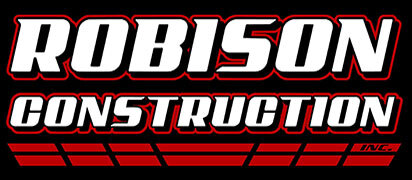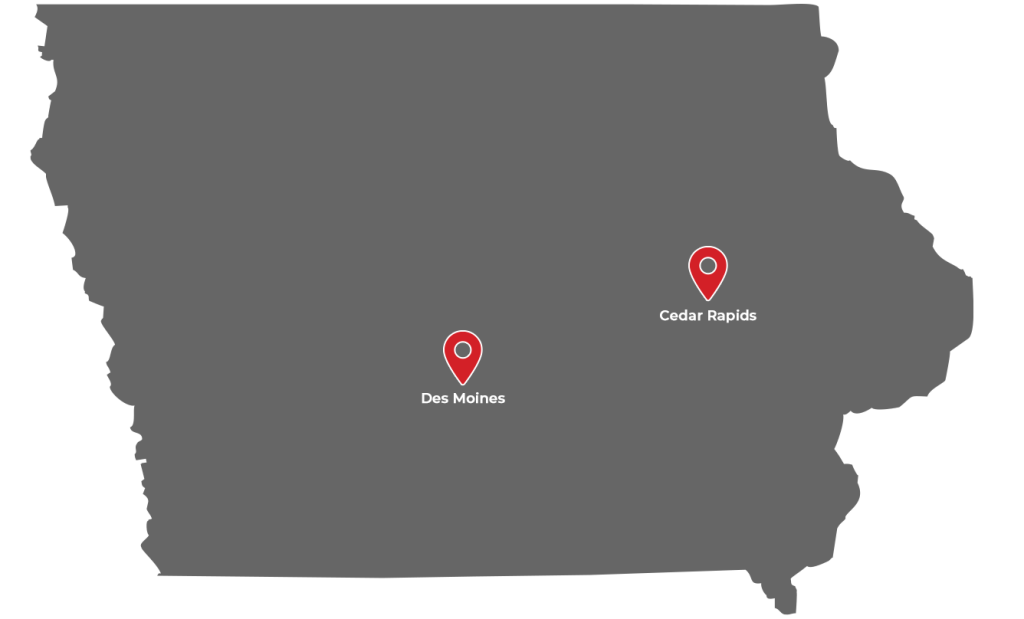When a powerful Iowa hailstorm rolls through Cedar Rapids, your first thought might be, “Is my roof okay?”
That’s a smart question—because hail damage isn’t always obvious from the ground. But if left unchecked, it can lead to leaks, mold, structural problems, and denied insurance claims.
At Robison Construction, we’ve helped hundreds of homeowners across Eastern Iowa identify hail damage and handle roof repairs or replacements swiftly and stress-free.
In this article, you’ll learn:
The top signs of hail damage on your roof
How it affects different roofing materials
Why early detection matters
What steps to take if you suspect damage
Let’s get started.
Why Is Hail Damage So Serious?
Hail can range in size from pea-sized pellets to baseball-sized iceballs—and when it strikes your roof at high speeds, the results can be devastating.
Even small hail can:
Knock off protective granules from shingles
Expose the underlayment to moisture
Crack or puncture roofing materials
Shorten your roof’s lifespan
Void your manufacturer’s warranty
Worse yet, many homeowners don’t notice the damage until months later—when leaks start to appear.
 Top Signs of Hail Damage on Your Roof
Top Signs of Hail Damage on Your Roof
Here’s what to look for after a hailstorm:
1. Dented or Bruised Shingles
These dents are often subtle and look like dark spots or circular impressions. If you gently run your hand over the area, you may feel a soft “bruise” where the granules have been knocked loose.
2. Missing or Loose Granules
Granules protect your shingles from UV rays and impact. When they’re stripped away by hail, you’ll often find:
Bald spots on the shingles
Granules collecting in your gutters or downspouts
Discolored patches that differ from the rest of the roof
3. Cracked or Broken Shingles
Some shingles may actually crack in half or split at the edges after a hard hit. This is more common with older shingles or in extreme hail events.
4. Soft Spots or “Spongy” Areas
If hail has weakened the shingle’s core, walking on the roof may reveal soft spots—these areas are more prone to leaks and water damage.
5. Dented Flashing or Metal Roof Components
Check metal parts like:
Flashing around chimneys and vents
Roof vents and pipe boots
Skylight frames
Metal ridge caps
If you see visible dents or paint chipping, your shingles likely took a hit too.
6. Damage to Gutters, Siding, and Downspouts
Sometimes the first clue isn’t on the roof itself. If your siding or gutters show hail dents or paint chips, your roof probably got the same treatment.
What About Different Roofing Materials?
Hail damage looks different depending on what your roof is made of:
| Roof Type | Hail Damage Signs |
|---|---|
| Asphalt Shingles | Dents, bruising, granule loss, cracking |
| Metal Roofing | Visible dents, chipped coating, bent panels |
| Wood Shakes | Splits, dents, discoloration |
| Flat Roofs (TPO/EPDM) | Punctures, membrane tears, water bubbles |
Not sure what kind of roof you have? Our Robison Construction roof inspectors will help identify it during your free assessment.
Why You Should Never Ignore Hail Damage
You might think, “If it’s not leaking, I’m fine.” But the real danger is what you can’t see from the ground.
Unchecked hail damage can lead to:
Roof leaks and water damage
Interior drywall issues
Mold and mildew growth
Insulation problems
Insurance claim denial (if you wait too long)
The sooner you act, the better your chances of catching it early—and getting insurance to help cover repairs or replacement.
What to Do If You Suspect Hail Damage
Here’s your game plan if you think your roof took a hit:
✅ Step 1: Schedule a Professional Roof Inspection
Avoid climbing up there yourself. A licensed expert from Robison Construction can:
Document the damage with photos
Determine if it’s cosmetic or structural
Help assess whether it’s repairable or requires replacement
We offer free hail damage inspections—no pressure, no sales pitch.
✅ Step 2: Contact Your Insurance Company
If damage is confirmed, we can help you:
File a claim
Meet with your adjuster
Ensure the damage is fully covered
Most policies require that you report damage within a certain timeframe, so don’t delay!
✅ Step 3: Get a Repair or Replacement Plan
Once your claim is approved, we’ll get to work:
Replacing shingles or full sections of your roof
Matching materials and color for a seamless look
Ensuring manufacturer and labor warranties stay intact
And yes—we clean up thoroughly, so your yard looks as good as your new roof.
Why Robison Construction is Cedar Rapids’ Go-To for Hail Damage Repairs
As a locally owned and operated roofing company, we know Iowa weather inside and out. When hail strikes, we act fast to:
Provide emergency tarping if needed
Work directly with insurance adjusters
Schedule repairs or replacements around your needs
Back our work with strong warranties and friendly follow-up
We’re not just here to fix your roof—we’re here to earn your trust.
FAQs: Hail Damage on Roofs
1. How big does hail need to be to damage a roof?
Even hail as small as ¾ of an inch can cause significant damage, especially if it’s wind-driven.
2. Can I see hail damage from the ground?
Usually not. Most signs are subtle and require a trained eye—and a ladder. We always recommend a professional inspection.
3. Will my insurance cover hail damage?
Most homeowners policies cover hail damage, but timely documentation is key. We’ll help guide you through the process.
4. How soon should I have my roof checked after a storm?
Within 24–72 hours is ideal. The sooner you check, the better your chances of a successful claim and minimal damage.
5. Can small hail cause long-term problems?
Yes—especially if it knocks off granules or weakens the integrity of the shingles. Even small hail can lead to costly leaks over time.
If you suspect hail has damaged your roof, don’t wait for the next storm to make things worse. Contact Robison Construction for a free, no-hassle inspection and peace of mind—delivered by trusted local pros who’ve got your back.






Leave A Comment